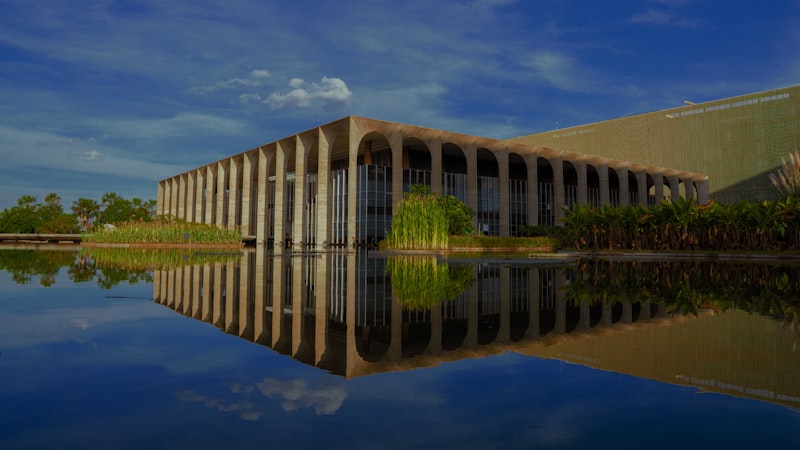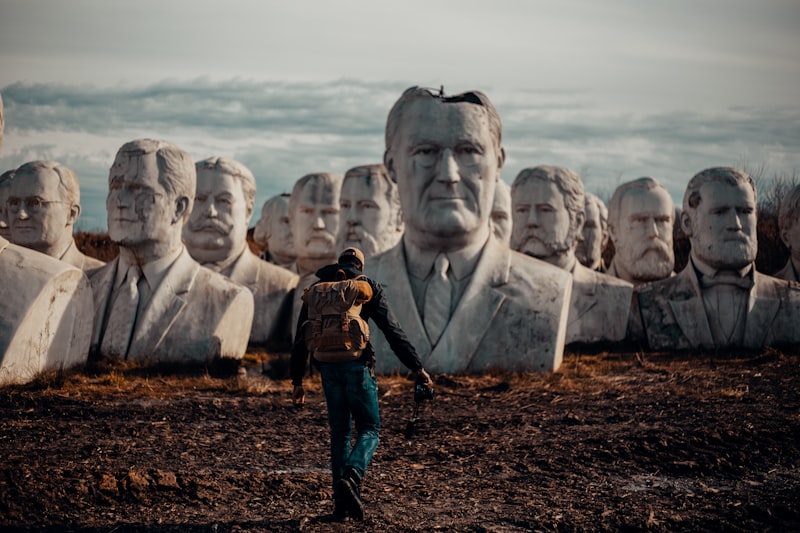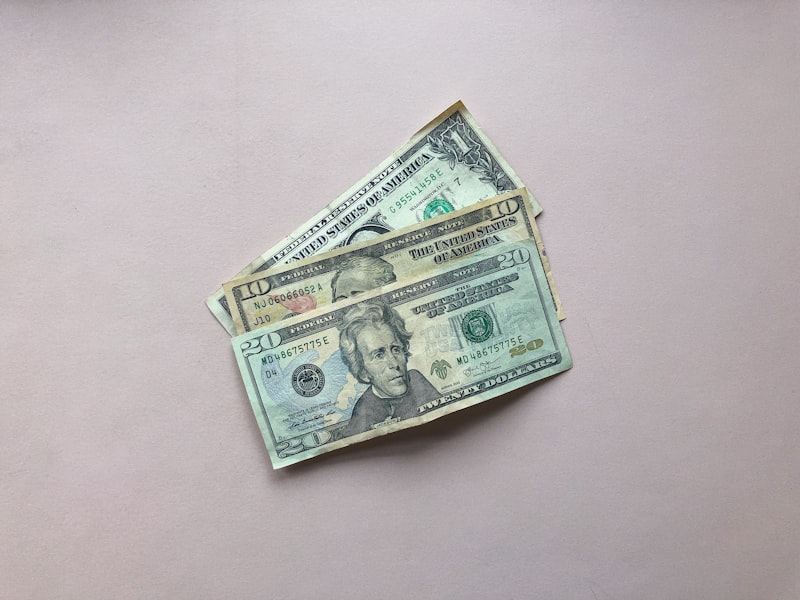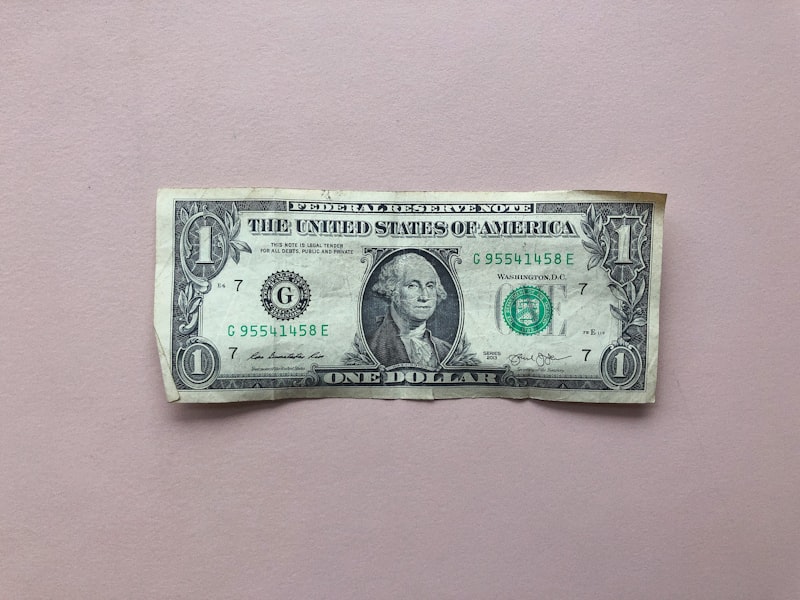During times of economic crisis, such as Roosevelt’s era, presidents have often taken bold steps to stimulate growth and stabilize markets. Roosevelt’s New Deal programs introduced social welfare measures, infrastructure projects, and financial regulations aimed at restoring confidence and boosting employment. These initiatives fundamentally altered the government’s role in economic affairs and laid the groundwork for future policy frameworks.
In contrast, Reaganomics, championed by Ronald Reagan, emphasized deregulation, tax cuts, and reduced government spending. This approach aimed to stimulate economic growth by empowering businesses and reducing the tax burden on individuals, advocating a trickle-down effect where benefits to businesses would lead to broader prosperity.
The influence of presidents on economic policy extends beyond crisis management to long-term strategies. Policies on trade, taxation, and fiscal management have shaped economic trends and influenced global markets. For instance, Bill Clinton’s emphasis on fiscal discipline and international trade agreements in the 1990s promoted economic globalization and contributed to a period of sustained economic expansion.
Moreover, presidents often face challenges in balancing economic priorities with social needs and political realities. Issues such as income inequality, healthcare reform, and environmental sustainability have increasingly become central to economic policy debates, shaping the agenda for successive administrations.
As the global economy evolves, so too must the strategies and priorities of U.S. economic policy. Presidents continue to navigate complex challenges and opportunities, seeking to foster growth, innovation, and prosperity while addressing the diverse needs of a dynamic society. Each administration leaves behind a legacy of economic policies that reflect its values, priorities, and responses to the economic challenges of its time.
From Roosevelt to Biden: How U.S. Presidents Have Molded Economic Landscapes
Throughout American history, the economic policies of U.S. presidents have played a pivotal role in shaping the nation’s financial landscape. From Theodore Roosevelt’s trust-busting efforts to Joe Biden’s infrastructure investments, each administration has left a distinct mark on the economy.
Teddy Roosevelt, known for his progressive policies in the early 20th century, focused on breaking up monopolies to promote fair competition. His trust-busting campaigns targeted corporate giants, aiming to safeguard consumer interests and prevent excessive economic concentration.
Following Roosevelt, Franklin D. Roosevelt’s New Deal during the Great Depression revolutionized economic intervention. His programs introduced social security, unemployment benefits, and public works projects, laying the foundation for a more robust welfare state and economic recovery.
Moving forward, Dwight D. Eisenhower’s presidency in the 1950s emphasized infrastructure development, particularly with the creation of the interstate highway system. This massive project not only facilitated transportation but also spurred economic growth and urbanization across the country.
In the 1980s, Ronald Reagan advocated for supply-side economics, promoting tax cuts and deregulation to stimulate entrepreneurship and investment. His policies aimed to reduce government intervention in the economy, emphasizing free market principles and private sector expansion.
Bill Clinton’s presidency in the 1990s saw economic prosperity with initiatives like welfare reform and balanced budgets. His administration promoted fiscal responsibility while leveraging technology and globalization to boost productivity and job creation.
In contrast, Barack Obama’s tenure was marked by the response to the 2008 financial crisis, focusing on economic stimulus measures and healthcare reform. His policies aimed to stabilize financial markets, restore consumer confidence, and expand access to healthcare.
Most recently, Joe Biden’s economic agenda has centered on infrastructure investments, climate initiatives, and social welfare expansion. His administration aims to address income inequality, modernize infrastructure, and transition to a green economy.
Each president’s approach to economic policy reflects their priorities and challenges of their time, leaving a lasting impact on the nation’s economic trajectory. From challenging monopolies to promoting social welfare, these leaders have shaped the economic landscape of the United States, influencing industries, markets, and the lives of millions of Americans.
Analyzing the Impact: Presidential Policies and Economic Growth Throughout History

When it comes to shaping the economic landscape of a nation, presidential policies play a pivotal role. Over the course of history, these policies have had varying impacts on economic growth, shaping the prosperity and stability of nations. Let’s dive into how different presidential administrations have influenced economic trajectories.
Throughout American history, presidential policies have been as diverse as the individuals who crafted them. From Franklin D. Roosevelt’s New Deal in response to the Great Depression to Ronald Reagan’s supply-side economics in the 1980s, each era brought forth unique approaches to bolstering economic growth. These policies weren’t just about numbers and figures; they aimed to impact lives directly, from job creation to social welfare programs.
Take the Great Depression, for example. As the economy plummeted, Roosevelt introduced sweeping reforms aimed at reviving consumer confidence and rebuilding infrastructure. His policies not only stabilized the economy but also laid the groundwork for long-term growth through initiatives like Social Security and the Securities and Exchange Commission.
Moving forward to the post-World War II era, we witnessed a boom in industrial production and consumer spending under leaders like Dwight D. Eisenhower. His emphasis on infrastructure development, such as the interstate highway system, not only connected the nation but also stimulated economic activity across various sectors.
Fast forward to recent decades, where globalization and technological advancements have reshaped economic policies. Presidents like Bill Clinton focused on fiscal responsibility and international trade agreements, which opened new markets for American goods and services, thereby boosting economic output.
However, not all policies have been universally acclaimed. The 2008 financial crisis saw a shift towards regulatory reforms under Barack Obama, aimed at preventing future economic downturns. These policies sought to strike a balance between market freedom and oversight, aiming to restore trust in financial institutions and stabilize the economy.
Presidential policies have left indelible marks on economic growth throughout history. Whether through innovative reforms during crises or strategic investments in infrastructure, each administration’s decisions have shaped the economic trajectory of the nation. As we analyze these impacts, it becomes clear that economic growth is not just a result of market forces but also of deliberate policy decisions aimed at fostering prosperity for all.
Power and Prosperity: A Deep Dive into Presidential Influence on Economic Strategies
Ever wondered how much impact a president really has on the economy? It’s not just about policies; it’s about vision, leadership, and navigating the complex waters of global economics. The role of a president in shaping economic strategies is pivotal, akin to a captain steering a ship through turbulent seas towards prosperity.
Presidents wield immense power in economic decision-making. Through policies on taxation, trade agreements, and monetary policies, they can influence how wealth is generated, distributed, and reinvested. Take, for instance, Franklin D. Roosevelt’s New Deal during the Great Depression, a bold move that reshaped America’s economic landscape by creating jobs and stimulating growth.
But it’s not just about historical examples. Every president brings a unique approach to economic governance. From Reaganomics’ emphasis on supply-side economics to Obama’s stimulus packages post-2008 financial crisis, each administration leaves a distinct mark. These strategies impact businesses, investors, and everyday citizens alike, shaping the economic environment for years to come.

Presidential influence extends beyond domestic policies. International trade agreements negotiated by presidents can open new markets or impose tariffs that protect local industries. Think of it like a chess game where each move influences global economic dynamics, sometimes triggering ripple effects across continents.
Moreover, presidential rhetoric and leadership style can sway consumer confidence and investor sentiment. A president’s ability to inspire trust and stability can bolster economic growth, whereas uncertainty may lead to market volatility. It’s like the psychological undercurrents that determine whether investors will dive in or stay on the sidelines.

The presidency is not just a political office; it’s an economic powerhouse that shapes the financial future of nations. Understanding how presidential decisions on economic strategies impact our daily lives is crucial for navigating the ever-changing economic landscape.
The Legacy of Economic Leadership: How Presidents Steer Fiscal Futures
Take a moment to think about it. How does a president’s economic policy affect you? From the cost of groceries to the interest rates on your mortgage, these policies influence the economy’s heartbeat.
Let’s break it down. Every president inherits a unique set of economic circumstances. Some enter office during times of prosperity, while others face recessions or even depressions. Their task? To steer the economic ship towards growth and stability.
Picture this: a president is like a captain, charting a course through choppy waters. They can adjust the sails (policies) to catch the wind (economic growth) or navigate away from stormy weather (recessions).

One of the key tools in a president’s toolkit is fiscal policy. This involves decisions on government spending and taxation. By increasing spending, a president can stimulate the economy, like injecting fuel into an engine. On the flip side, raising taxes can slow down spending, acting like a brake to prevent overheating.
Now, let’s talk legacies. Each president leaves behind a fiscal fingerprint. Take President Reagan, for instance. His tax cuts in the 1980s aimed to boost economic growth by putting more money in people’s pockets. Fast forward to today, and we still see debates over the impact of those policies.
Or consider President Obama’s stimulus package during the Great Recession. It aimed to jumpstart the economy through investments in infrastructure and green energy. The effects of such policies ripple through time, shaping the economic landscape for years to come.
And it’s not just about numbers on a balance sheet. Economic policies touch lives. They can determine whether a family can afford healthcare, whether a small business can thrive, or whether a student can afford college.
So, as we reflect on the legacy of economic leadership, let’s remember that behind every policy decision are real people and real impacts. Whether you agree or disagree with a president’s approach, their economic legacy is woven into the fabric of our lives, influencing our fiscal futures in ways both seen and unseen.
Economic Architects: How U.S. Presidents Craft Policies That Resonate Globally
Have you ever wondered how U.S. Presidents shape economic policies that influence the world stage? It’s like watching a skilled architect design a masterpiece, but instead of buildings, they’re crafting intricate economic strategies that ripple across borders. These policies aren’t just numbers on a spreadsheet; they’re blueprints for global economic landscapes.
Imagine each President as a different architect, each with their unique style and vision. From Franklin D. Roosevelt’s New Deal, which lifted America out of the Great Depression and set a precedent for social and economic reform, to Ronald Reagan’s supply-side economics that aimed to stimulate growth through tax cuts and deregulation. Each approach leaves a lasting imprint on not just domestic markets, but also on how nations around the world perceive and interact with economic policy.

The impact of these policies can be profound, influencing everything from trade relations to global stock markets. For example, when President Bill Clinton championed NAFTA, the North American Free Trade Agreement, it reshaped trade dynamics across North America, demonstrating how interconnected economies can flourish through strategic cooperation.
But crafting these policies isn’t just about numbers and statistics. It’s about understanding how each decision affects real people and industries. Like a skilled architect choosing materials that withstand the test of time, Presidents must balance economic theory with practical implications. How will a tariff affect domestic industries? Will a tax incentive encourage foreign investment?
Moreover, these economic architects must navigate the complexities of international relations. A policy decision made in Washington can trigger reactions in Beijing, London, or Brussels. It’s a delicate dance of diplomacy and strategy, where every move is scrutinized on the global stage.
Frequently Asked Questions
How do U.S. Presidents impact taxation and fiscal policy?
Learn how U.S. Presidents influence taxation and fiscal policy, shaping economic decisions through budget proposals, tax reforms, and executive orders that impact revenue generation, public spending, and economic stability.
What role does the President play in regulating financial markets?
The President oversees financial market regulations through executive orders, appointments, and policy proposals. Their role includes shaping economic policies, ensuring market stability, and responding to financial crises.
How have past Presidents shaped trade policies and international economics?
Learn how past Presidents have influenced trade policies and international economics through their strategic decisions and negotiations. Explore the impact of historical leaders on global trade agreements, economic alliances, and market regulations.
What influence do U.S. Presidents have on economic policies?
Discover how U.S. Presidents shape economic policies through decisions on taxes, spending, trade agreements, and regulatory policies. Their influence spans from setting fiscal priorities to influencing market confidence and global economic trends.
How does the President’s economic agenda affect unemployment and economic growth?
Understand how the President’s economic agenda influences unemployment rates and overall economic growth. Explore the direct impacts and strategies proposed to bolster employment and foster economic expansion.


